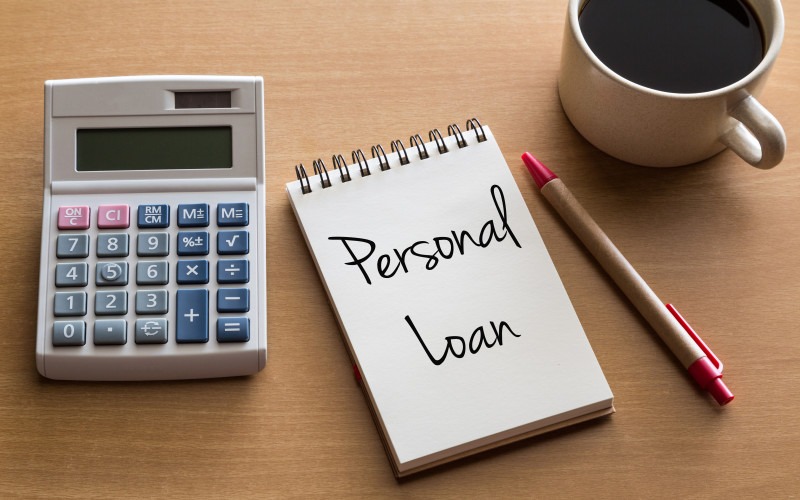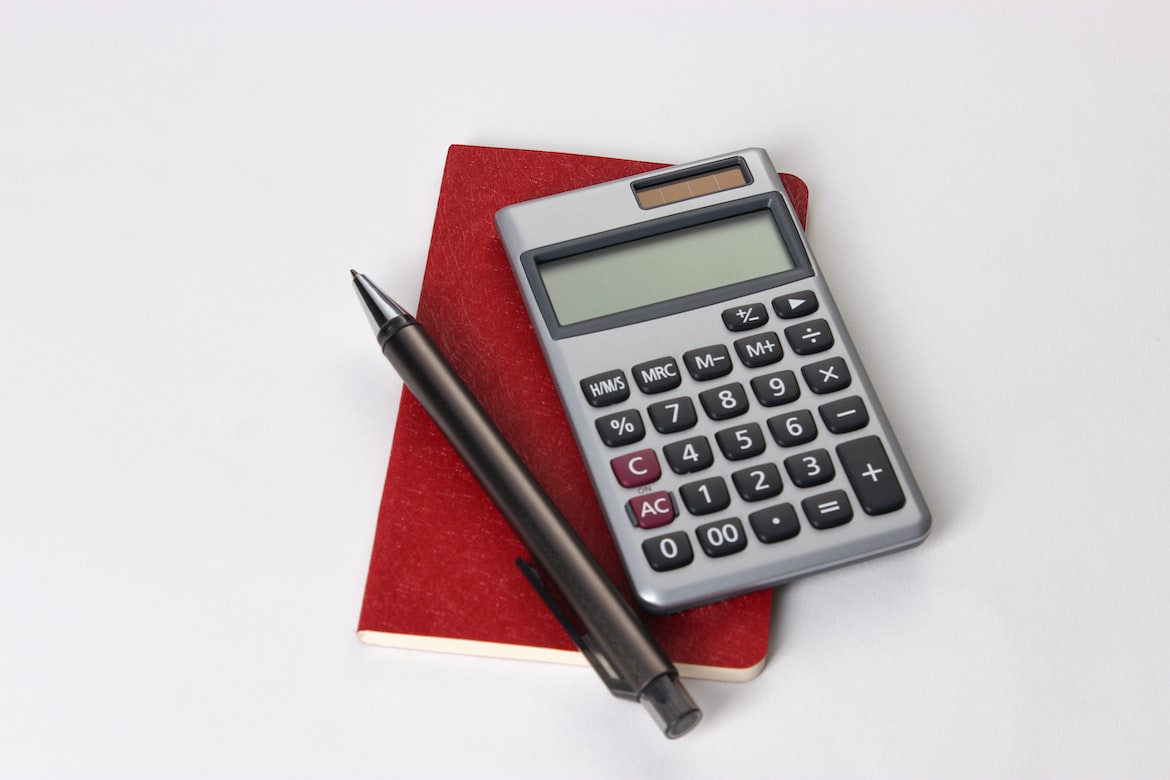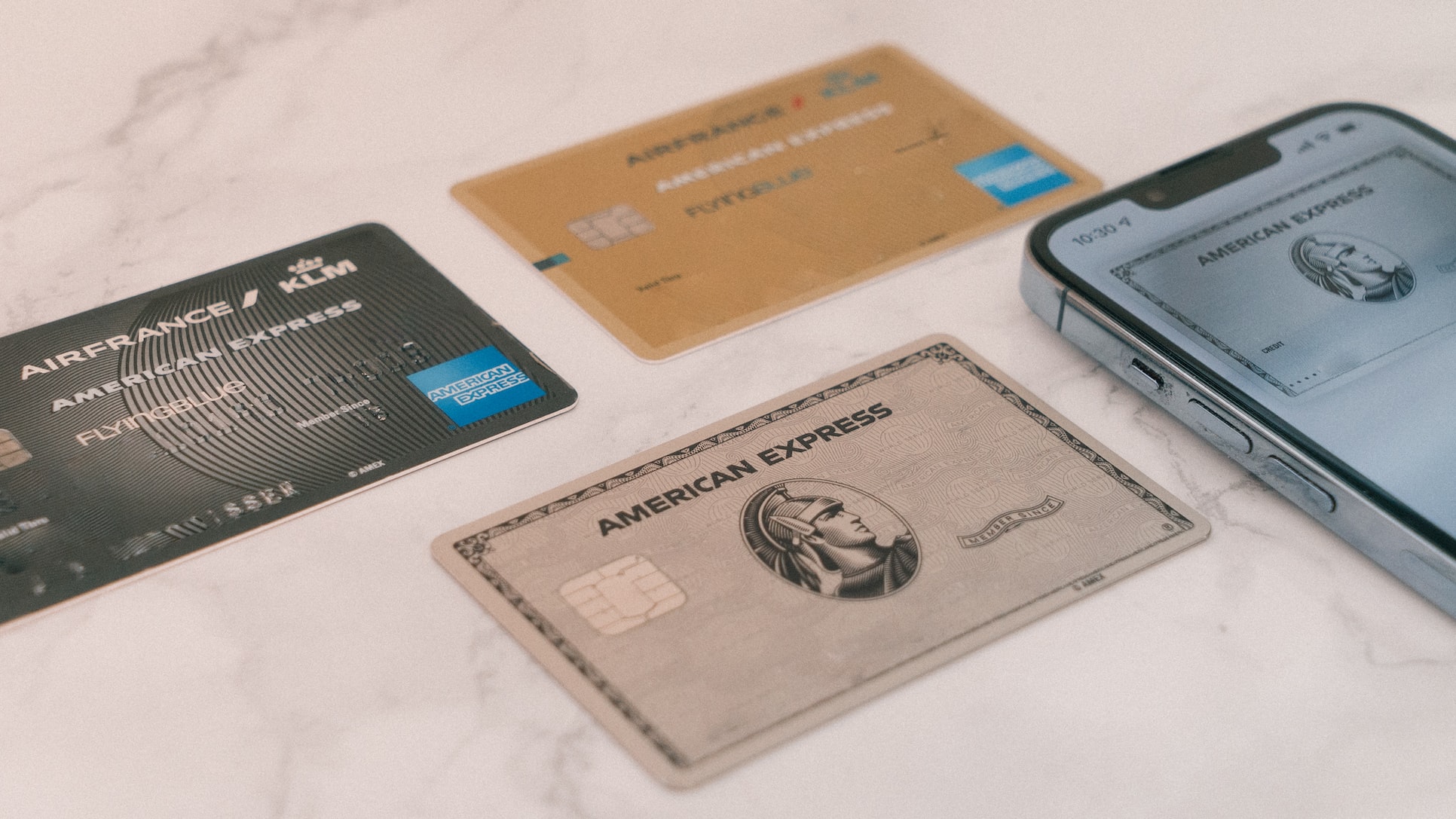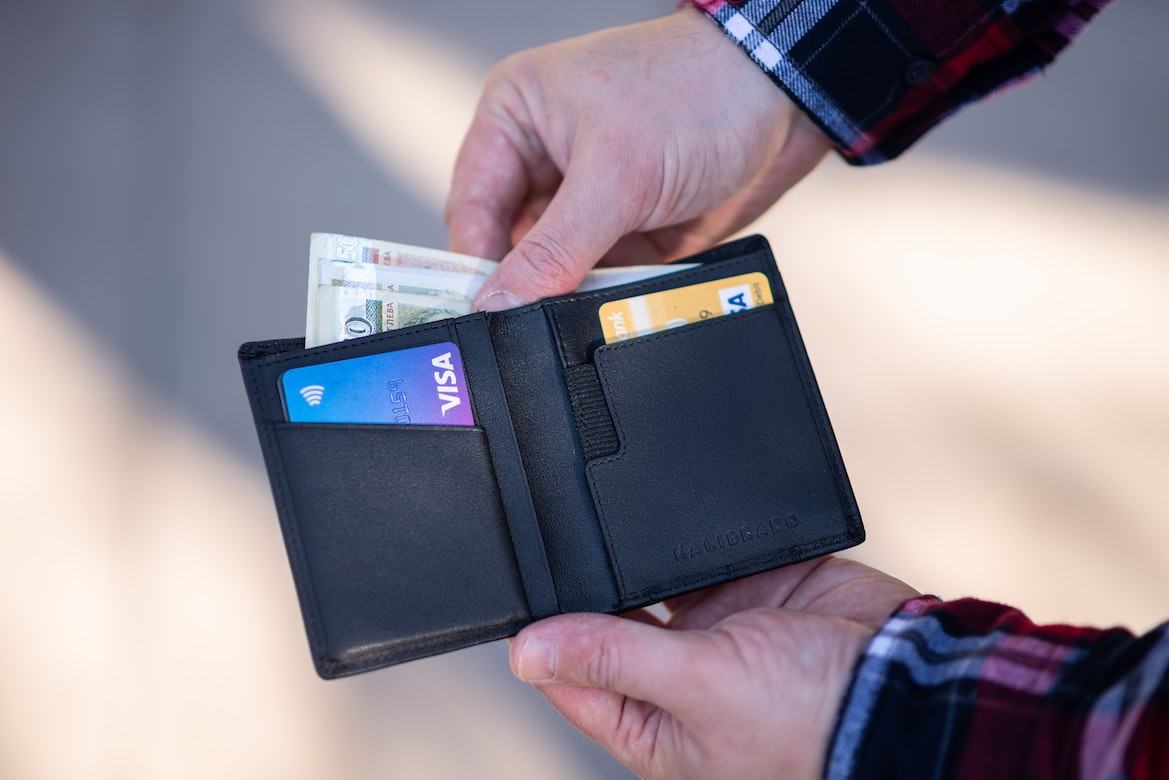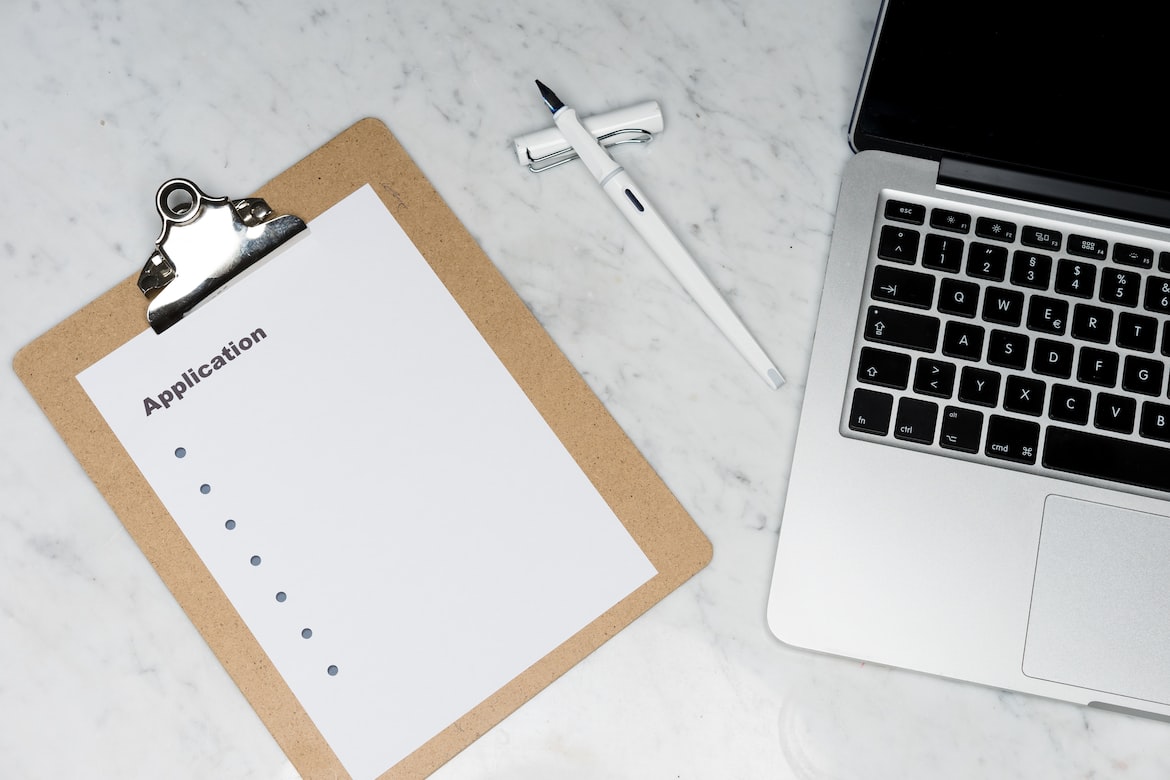Understanding Loan Document Requirements for Personal Loans
Key Takeaways
- Personal loan applications require key documents like valid IDs, proof of income, address, credit history, and possibly collateral
- Accuracy and completeness are critical — missing or incorrect documents can delay or derail the application process
- Timely submission and communication with lenders help expedite approvals and reduce complications
- Self-employed borrowers must provide additional financial records and can improve approval chances by maintaining strong credit and detailed income proof

When you apply for a personal loan, you need to meet the loan document requirements before lenders will consider approving your application. Common requirements include proof of identity, income, address, and various financial records.
Understanding the importance of loan document requirements expedites the loan approval process and raises your chances of receiving a loan. In this guide, we will go over what you can expect from lenders when they request documents from you during the loan application process.
Understanding loan document requirements
A loan document requirement is the specific information that lenders need from you during the loan application process. Lenders use these documents to assess your financial stability and creditworthiness, which determine your loan decisions.
Meeting the loan document requirements is critical regardless of the type of personal loan you’re seeking. If you fail to provide accurate and complete documentation, the lender may reject your loan application.
These are the common types of documents required during the personal loan application process:
- Two different kinds of valid IDs: Lenders need to verify your identity
- Proof of income: To assess your financial stability.
- Proof of address: To assess your financial stability
- Credit history: To evaluate your creditworthiness.
- Collateral documentation: For secured personal loan applications.

Not sure where to find a personal loan? Check out our top lenders below.
Common loan document requirements
Let’s go over the various loan document requirements that lenders commonly expect from prospective borrowers.
Identification documents
Lenders require that you provide adequate, legitimate documents of identification before you can meet the minimum requirements for eligibility. Typically, you will need to provide two different types of valid identification.
Example proofs of identity include:
- Birth certificate
- Driver’s license
- Passport
- Social Security card
- State-issued ID
- Citizenship certificate
- Military ID
If you are not a citizen, it may still be possible to qualify for a personal loan. Some lenders are willing to provide loans to eligible noncitizens. In this case, you would still have to provide some proof of identity, such as your Individual Taxpayer Identification Number (ITIN) and a valid visa.
Note that the proof of identity must be valid and cannot be expired.
Proof of income
Income is a strong indicator of financial stability. While lenders typically don’t disclose their income requirements, they do ask for proof of income as part of the required loan documents during the loan application process.
Documents that can satisfy income verification usually include:
- Pay stubs
- Tax returns
- Monthly bank statements
- Employment letter with valid signatures
If you are self-employed, you might need to provide additional proof, such as recent bank deposits and tax returns.
Bank statements
Lenders might request your previous three to six months’ worth of bank statements for additional insight into your debt management and financial habits.
You should be able to download your bank statements online from your bank’s official website. Most banks will be able to give you your e-documents and banking statements instantly, while others will email you PDF versions of your bank statements.
Address verification
Lenders will request proof of address as an indicator of your living situation, which helps them assess your financial stability. Generally, lenders will accept documents such as:
- Utility bills
- Lease
- Rental agreement
- Mortgage statement
- Bank statement
- Proof of home insurance
If you recently changed your address and need confirmation of a change of address, you can do this by reaching out to the US Postal Service either in person or online.
Credit history
Lenders will look at your credit report as well as your credit score in order to assess your creditworthiness. To check your credit, lenders perform a hard inquiry by pulling your credit report from the three major credit bureaus: Equifax, Experian, and TransUnion.
Credit scores convey your creditworthiness and usually range between 300 and 850. The higher your credit score, the more likely you will qualify for loans and credit. FICO and VantageScore are the two main credit scoring models. Your credit score is calculated by taking into numerous factors, such as:
- Your payment history
- Amounts owed
- Credit history length
- New credit
- Credit mix
Collateral documentation
Secured personal loans are backed by collateral assets. These assets can be essentially anything of value, such as property, jewelry, vehicles, or collectible items.
To prove the value or validity of your collateral, the lender might ask you to submit collateral documentation. Examples include:
- Property deed
- Car title
- Certificates

Preparing for loan document submission
By gathering and organizing your necessary documents in advance, you can save valuable time during the loan application process and speed up the funding process if you get approved. If the documents that you provide the lender contain inaccuracies or are missing information, your loan application can be delayed.
One effective strategy to ensure that you are meeting every requirement is to create a checklist. This checklist may change depending on your lender’s specific eligibility criteria and if they request additional documents during the loan application process.
Here is an example checklist:
- Valid government-issued ID x 2
- Bank statements from the past three to six months
- Utility bills
- Mortgage/rent agreement
In order to minimize the negative effects of not having complete or accurate documents, make sure that you double check your documents before you submit them. In addition, regularly check your loan application status so that you can respond to any lender concerns or requests without significant delay.
To monitor your loan application status, the most convenient way is generally to visit your prospective lender’s official website. There, you can login to the online portal for loan applicants and view your application status. If the lender requires any additional or updated documents, tracking your application status for updates is a great way to ensure timely communication between you and the lender.
Lenders often impose deadlines on loan applications so that they do not last too long. Review the information given by your lender to see whether there is a designated deadline you need to adhere to for completing the loan application process.
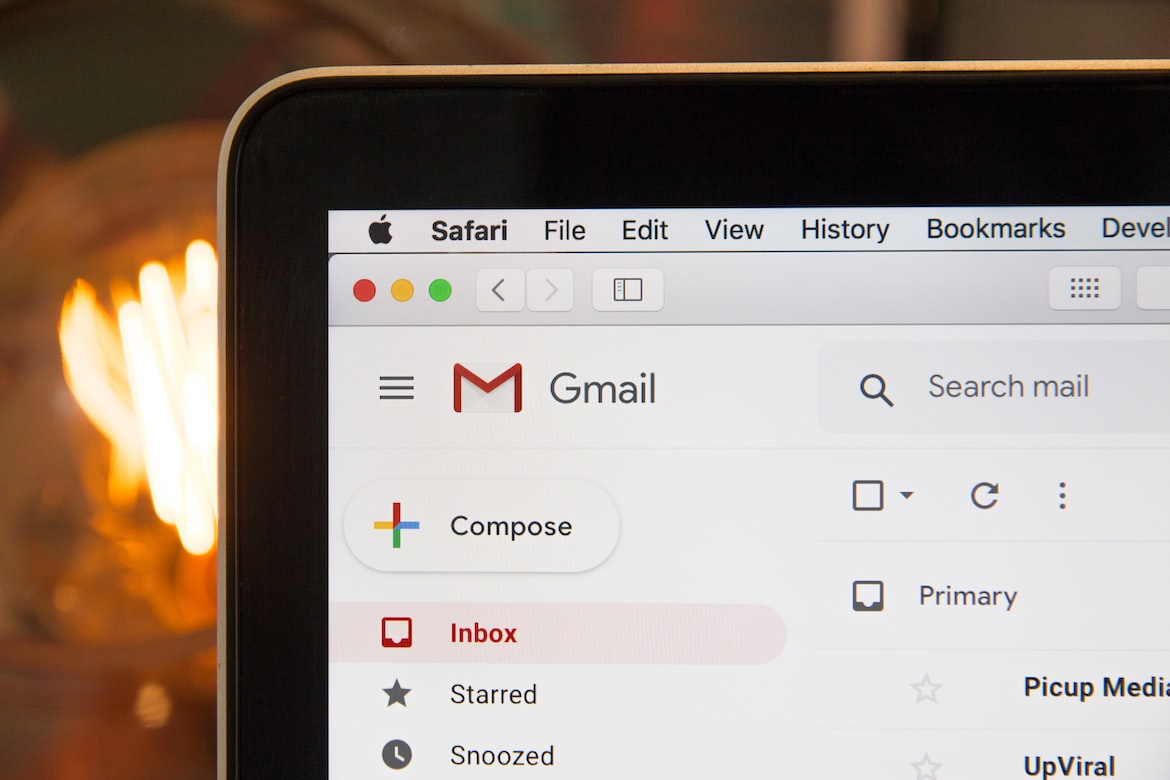
Ensuring document accuracy and completeness
It is essential that your documents are all accurate, up-to-date, and legible. To ensure your documents are valid, keep the following tips in mind before you submit the documents to the lender.
- View the lender’s website for requirements
- Contact the lender’s customer support to clarify any confusion or doubt
- Go over any checklists provided by the lender
- Ensure that your forms of ID are not expired
- Check that your statements and bills reflect your current address
- Request your own credit score and report to understand your standing
- Double check all your documents before submission
Finally, you may want to seek professional guidance if you are struggling with the loan application process. Managing debt and credit can be a daunting challenge for many prospective borrowers. A professional credit counselor or financial advisor can help you establish an effective, personalized strategy.
Importance of timely document submission
If you fail to submit your required loan documents within the lender’s specified timeframe, it can seriously hurt your chances of receiving loan funds. By handing in documents promptly, you can:
- Enjoy faster processing
- Facilitate the review of your application
- Meet any deadlines imposed by the lender
- Demonstrate a higher level of responsibility and financial management
- Take advantage of pre-approval offers that might expire quickly
- Avoid delays
- Have more time to deal with any unexpected changes that might affect your documents or application

Document submission process
Here are the three main methods of document submission that are commonly accepted by lenders.
1. Online portals
By using the online portal provided by your lender, you can ensure that you are submitting the documents to the correct recipient.
To upload your documents, you will need to either scan or take photos of your documents. The online portal should contain clear instructions on how and where to submit your documents.
2. Email
After you attach the required documents, double check to confirm you are sending this personal information to the correct email. While emailing is convenient, there is a certain level of risk associated with sharing sensitive information by email.
3. Fax
Faxing is a secure method of submitting sensitive information and more flexible than many people think. If you want to send in your required loan documents by fax, ensure that you preview your documents to see that the information is legible and correct.
Make sure you keep copies of all the submitted documents for the sake of maintaining personal records.
Working with lenders and loan officers
By maintaining an open stream of communication with your loan officer or lender, you can simplify the loan application process and also facilitate the funding process later on. If you have any uncertainties surrounding the document requirements, don’t hesitate to communicate this with your loan officer. That way, you can clarify doubt and ensure a smooth personal loan application process.
To improve your experience in obtaining a loan, try to maintain a sense of professionalism and politeness. This can help you more clearly communicate and build trust with your loan officer. If there are any document-related issues, you want to promptly resolve them so that you can prevent further delays in your loan application review.

Special considerations for self-employed borrowers
If you are self-employed and seeking a personal loan, you may face more stringent, unique loan document requirements.
Self-employed generally means that you are a sole proprietor, independent contractor, a gig worker, or work a part-time business for yourself. You won’t have a W-2 to submit to the lender, but you will still need to prove your cash flow and income in other ways.
Let’s go over the unique requirements for self-employed individuals.
Required documents for self-employed borrowers
To provide income verification, you will need to provide adequate proof of income and financial documentation. This proof can come in various forms depending on your type of self-employment, but typically involves:
- Federal tax returns for the past two years
- 1099s for the past two years
- State or business licenses you hold
- Proof of business insurance
- Letters from legitimate professional organizations that can verify your goods or services
- Proof of client relationships
- Bank statements
- Proof of additional income
Tips for building a strong financial profile as a self-employed applicant
It can be more challenging for you to obtain a personal loan if you are a self-employed applicant. To raise your chances of proving that you are creditworthy, here are some tips to consider.
- Boost your credit score: You can do this by paying bills on time, reducing credit card balances, and keeping old, unused credit accounts open
- Maintain detailed records of your financial records: This helps give the impression that you are an organized individual
- Provide consistent proof of income: If you can show you have enjoyed reliable income for a long period of time, you raise your chances of receiving a loan
- Opt for a suitable loan amount: Don’t borrow more than you need. Make sure that you apply for a loan amount that is within your repayment capabilities and aligns with your needs
- Consider a secured personal loan: By backing your loan with collateral, it becomes much easier to obtain a personal loan with favorable terms. However, this does risk repossession of your collateral assets if you default on the loan
Edited by:
Bryan Huynh
•
Product Tester & Writer

